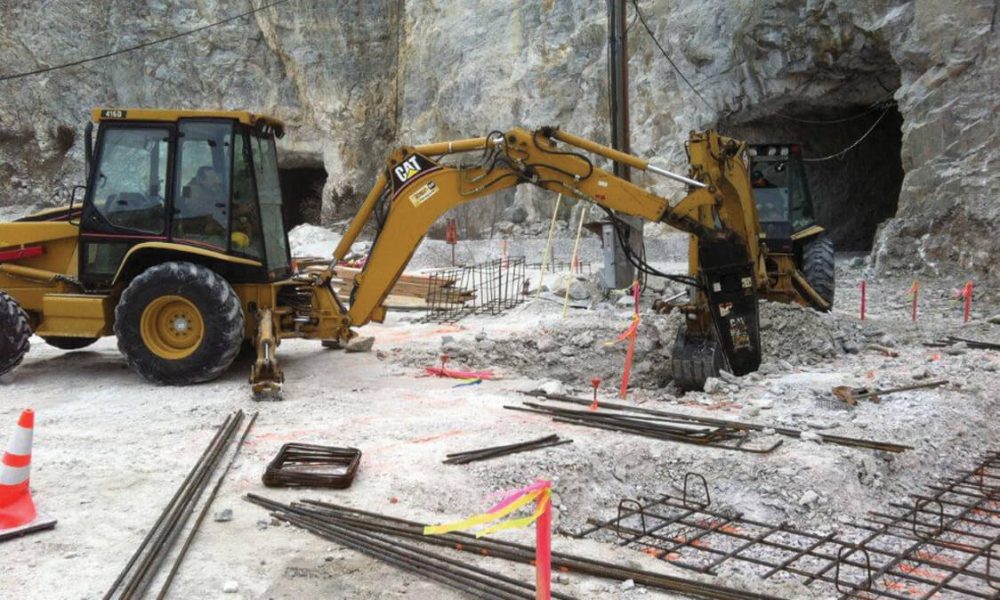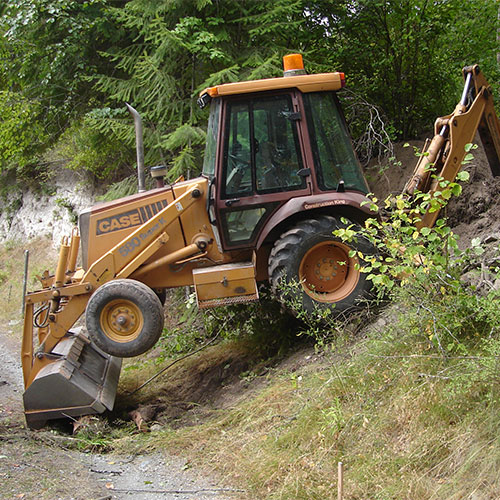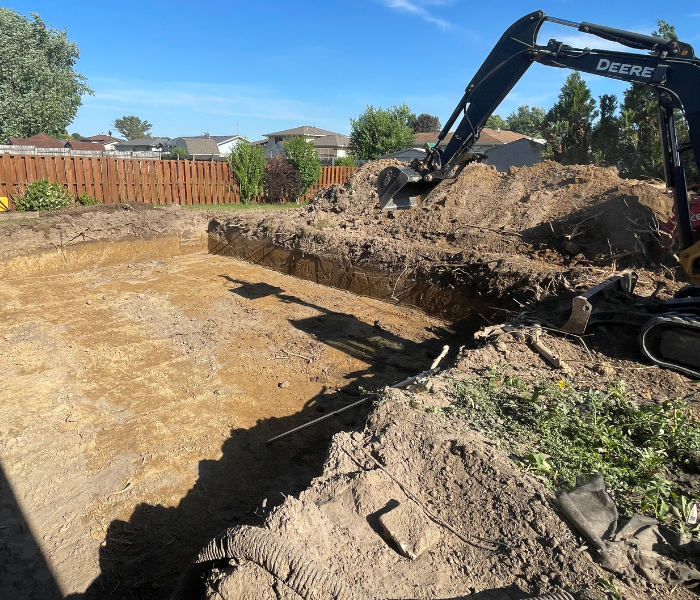Finest Dump Truck Companies in Ohio - Top-Rated Dump Truck Providers
Finest Dump Truck Companies in Ohio - Top-Rated Dump Truck Providers
Blog Article
Comprehensive Expedition: The Scientific Research Behind Superior Excavation Practices
The realm of excavation techniques is a domain where scientific research intertwines with workmanship to discover the mysteries hidden beneath the planet's surface. From old hand tools to contemporary hydraulic excavators, the advancement of excavation techniques has actually been a testament to human ingenuity and technological developments. Nonetheless, what really sets remarkable excavation methods apart is a deep understanding of geological principles, paired with the utilization of innovative tools and techniques. By discovering the scientific research behind these techniques, we can reveal the secrets that exist below our feet and appreciate the accuracy and know-how that go right into every dig.
Evolution of Excavation Techniques
Throughout history, the development of excavation techniques has actually played an important role ahead of time building practices and historical explorations. From the simple devices used by our forefathers to the sophisticated equipment employed in modern times, the development of excavation methods has actually considerably changed exactly how we approach different jobs.
In old times, manual work with basic tools such as wheelbarrows, pickaxes, and shovels was the key method of excavation. This labor-intensive procedure restricted the depth and extent of excavations, often resulting in slow development and restricted accessibility to particular sites. Nonetheless, as worlds advanced, so did the methods and devices utilized for excavation.
The Industrial Transformation noted a transforming factor in excavation practices with the intro of steam-powered machinery. In modern times, modern technology plays a pivotal role in excavation, with advancements like General practitioner systems, drones, and 3D scanning boosting precision and performance in the field.
Role of Modern Technology in Excavation

The combination of innovative technology has essentially reinvented the area of excavation, enhancing precision and performance to extraordinary degrees - septic ohio. One of the key technological developments that has actually considerably impacted excavation practices is the use of General practitioner systems.
In addition, the development of 3D modeling and simulation software application has structured the planning procedure for excavation jobs. Operators and designers can currently picture the whole excavation procedure before beginning, recognizing possible obstacles and optimizing workflow. In combination with this, the implementation of drones in excavation tasks has actually facilitated airborne studies, volumetric measurements, and site evaluations with unrivaled speed and precision.
Geological Principles in Excavation
An understanding of geological principles is vital for making sure the architectural honesty and security of excavation websites. Geological variables play an essential function in establishing the feasibility and security of excavation tasks (excavating ohio). One crucial geological principle to take into consideration is the type of dirt or rock present at the website. Different soil kinds, such as sand, clay, or gravel, have varying levels of security and require various excavation methods. Natural dirts like clay may need extra support to stop collapses, while sandy dirts might be vulnerable to erosion during excavation.
In addition, the geological framework of the area, including mistakes, cracks, and rock developments, should be meticulously analyzed to identify possible dangers and obstacles. Digging deep into near geological fault or unsteady rock formations can result in instability and possible risks. By carrying out thorough geological surveys and analysis, excavators and engineers can develop methods to reduce risks and make certain the successful completion of excavation jobs. Eventually, integrating geological concepts into excavation techniques is vital for attaining risk-free, effective, and sustainable outcomes.

Most Current Devices for Excavation
In the world of excavation techniques, modern innovations in tools have changed the performance and precision of excavation processes. Among the most up to date tools making waves in the market is the usage of drones furnished with sophisticated imaging modern technology. These drones can provide detailed aerial studies of excavation websites, using real-time information on topography and possible hazards. This information aids in better planning and decision-making throughout the excavation process.
One more cutting-edge tool acquiring appeal is the application of 3D printing technology for developing custom-made excavation equipment. This allows for the production of specialized devices that are customized to the details requirements of a project, raising efficiency and minimizing downtime.
Moreover, developments in materials scientific research have caused the advancement of stronger and more sturdy excavation tools. lancaster excavation. Tungsten carbide-tipped excavator attachments, for instance, deal remarkable performance in difficult ground problems, enhancing productivity on-site
Science's Influence on Excavation Practices

Furthermore, advancements in materials science view it now have actually brought about the creation of stronger, a lot more durable excavation devices and tools. The usage of composite materials in diggers and shovels has improved their efficiency and long life, inevitably boosting performance on excavation sites. Additionally, clinical research study on dirt technicians and geotechnical design has actually provided useful understandings right into soil behavior, enabling excavation experts to make educated choices relating to excavation approaches and dirt stabilization techniques. On the whole, science proceeds to drive development and enhancement in excavation practices, making excavation tasks extra efficient, cost-effective, and lasting.

Conclusion
In final thought, the advancement of excavation methods has actually been significantly influenced by advancements in innovation navigate here and a much deeper understanding of geological principles. The most up to date tools and equipment made use of in excavation have enhanced efficiency and accuracy in the field. The application of clinical expertise has significantly enhanced excavation methods, resulting in extra sustainable and reliable techniques for digging deep into different sorts of materials.
In the world of excavation practices, contemporary innovations in tools have actually revolutionized the efficiency and precision of excavation procedures. By leveraging clinical principles, the excavation market has been able to considerably improve efficiency, accuracy, and safety and security in excavation processes. GPR allows excavation teams to non-invasively check and map subsurface structures, utilities, and possible hazards, enabling them to prepare excavation projects with better accuracy and decreased danger of accidents.
Additionally, clinical study on soil mechanics and geotechnical design has offered important understandings right into dirt habits, permitting excavation experts to make informed decisions relating to excavation approaches and soil stabilization methods. Generally, science proceeds to drive development and renovation in excavation practices, making excavation projects much more effective, economical, and visit this website lasting.
Report this page